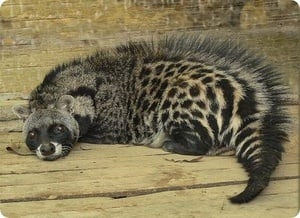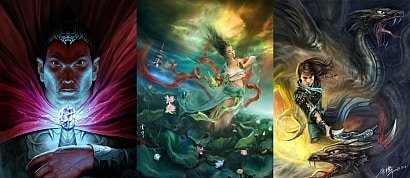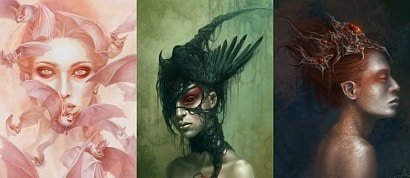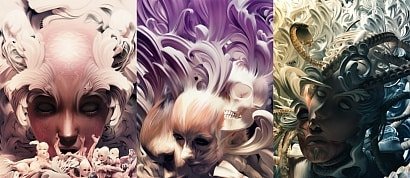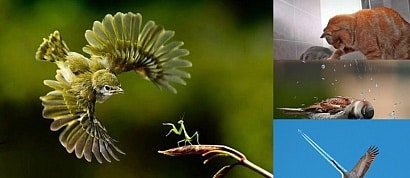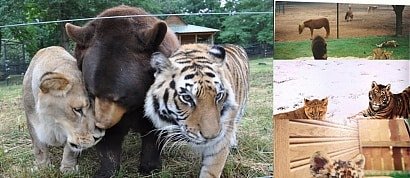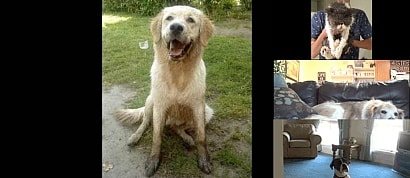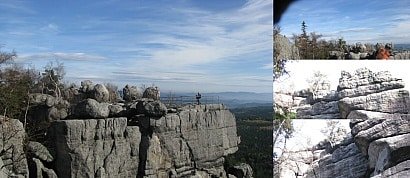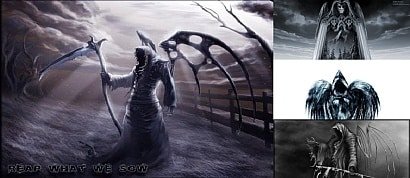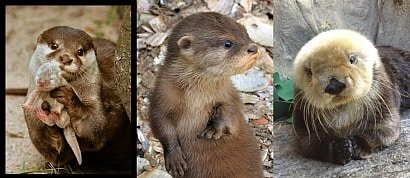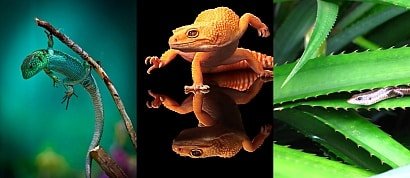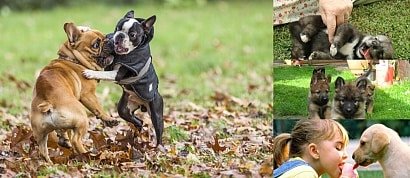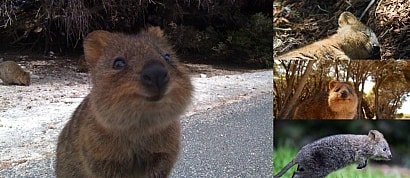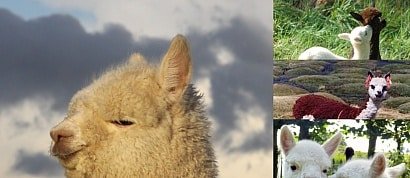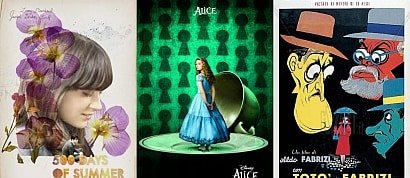A list of my favorite images of civets.
en.wikipedia.org/wiki/Civet
A civet is a small, lithe-bodied, mostly nocturnal mammal native to tropical Asia and Africa, especially the tropical forests.
Civets have a broadly cat-like general appearance, though the muzzle is extended and often pointed, rather like that of an otter or a mongoose. They range in length from about 17 to 28 in (43 to 71 cm) (excluding their long tails) and in weight from about 3 to 10 lb (1.4 to 4.5 kg).
The term civet applies to over a dozen different mammal species. Most of the species diversity is found in southeast Asia. The best-known civet species is the African Civet, Civettictis civetta, which historically has been the main species from which was obtained a musky scent used in perfumery.
The word civet may also refer to the distinctive musky scent produced by the animals.
A minority of writers use the name civet to cover Civettictis, Viverra and Viverricula civets. But in more common usage in English the name also covers Chrotogale, Cynogale, Diplogale, Hemigalus, Arctogalidia, Macrogalidia, Paguma, and Paradoxurus civets.
The common name is used for a variety of carnivorous mammalian species, mostly of the family Viverridae. The African Palm Civet (Nandinia binotata) is genetically distinct and belongs in its own monotypic family, Nandiniidae.
Civets are also called "toddycats" in English and "musang" in Malay. The latter may lead to some confusion as the indigenous word "musang" has been appropriated to foxes, which exist in popular culture but are not native and generally never encountered in that geographical region.
The civet produces a musk (also called civet) highly valued as a fragrance and stabilizing agent for perfume. Both male and female civets produce the strong-smelling secretion, which is produced by the civet's perineal glands. It is harvested by either killing the animal and removing the glands, or by scraping the secretions from the glands of a live animal. The latter is the preferred method today.
Animal rights groups, such as the World Society for the Protection of Animals, express concern that harvesting musk is cruel to animals. Between these ethical concerns and the availability of synthetic substitutes, the practice of raising civets for musk is dying out. Chanel, maker of the popular perfume Chanel No. 5, claims that natural civet has been replaced with a synthetic substitute since 1998.
Viverrids are native to Africa (except the area immediately south of the Mediterranean), Madagascar, the Iberian Peninsula, southern China, South and Southeast Asia. Favoured habitats include woodland, savanna, and mountain biomes and, above all, tropical rainforest. In consequence, many are faced with severe loss of habitat; several species are considered vulnerable and the Otter Civet is classified as endangered. Some species of civet are very rare and elusive and hardly anything is known about them, e.g., the Hose's Civet, endemic to the montane forests of northern Borneo, is one of the world's least known carnivores.
Added to
People who voted for this also voted for
Butterflies
Yuehui Tang - 2
Lauren K. Cannon - 1
Alfonso Elola
Polish Classics - Warszawa
Cigarette Cards: Live stock (1915)
Animal Candids 1
Lions & Tigers & Bears
FX Make up - 1
Cat Vs Dog
Table Mountains - Autumn 2013
Polish Classics - Polonez
Animal Candids 12, Odd Friendships
some pictures i add 2014 part 5
Icevipers Angel Collection
More lists from kathy
Favorite Images of Otters #1
Favorite Images of Blue Pool
My Reptile Collection
Favorite Images of Dogs & Puppies #10
Favorite Images of Quokkas #1
Favorite Images of Alpacas
Favorite Movie Posters #2
 Login
Login